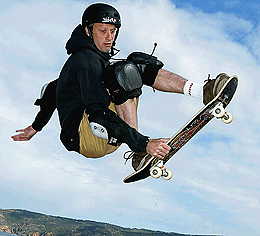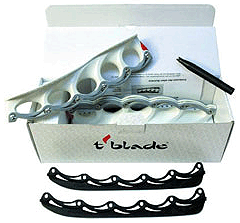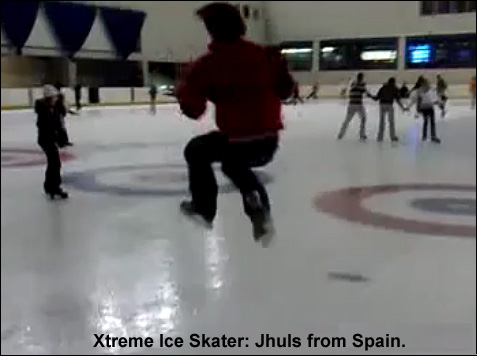One of the big questions we’re trying to solve now is:
Q: How does one further legitimize Xtreme Ice Skating as a sport?
This original question came up when Ivan asked:
“1. i think unless the sport became official sport, the rink management would hardly give any good response to the skaters. Well, this is for some countries maybe.”
Based on this literary work about legitimizing Global Sport Organizations (GSO’s), I think part of the answer might be that, the power of the Organization can deal with and influence local economies and politics:
QUOTING from literary work:
“Indeed, it can be said a fourth network has been emerging, a network that can be called the “sport governance network”. GSOs, in other words, no longer have a monopoly over the governing of their sport but are becoming mere “governance bodies”, that is to say they have to compete and cooperate, through formal structures and informal practices, with other bodies (private and public, economic, social, and political, as well as national and trans-national) in regulating the international activities of sport.”
Also, it seems that a Global Sport Organization must have connected networks, and this might concur that: The governing body of Xtreme Ice Skating must affiliate itself with for example: figure skating governing bodies, hockey clubs, and local non-profit organizations that provide programs to local ice rinks in numbers.
QUOTING:
“Although it can be argued that GSOs are not fully democratic organizations, they nevertheless are able to create and confer upon one another a degree of legitimization from their membership in a series of diverse and overlapping networks.”
And I think this can be done by establishing firm recognition of power and influence in local ice rinks and online communities such as this one. So another words: must be large in numbers, have the capacity to influence what local ice-skating venues, products, and services are monetarily demanding, and to persuade the politics at local rinks of economic influence.
QUOTING:
“Sport has more than health and recreational functions. It can also act as a socialization agent and help promote national identities as well as confer prestige on those identified with it. Sport can, in other words, create “political resources” (Allison 1986: 12). It is for this reason that governments, and not only in authoritarian regimes (Riordan 1991, Arnaud and Riordan 1998), do not hesitate to use sport whenever they think that it can help them. Even if governments were to ignore it, however, sport would still be a sphere of political activity. In one of the first essays to be written on sport and politics, Trevor Taylor advanced two definitions of “the political”: all that involves government or other public authorities or any activity which implies the use of power to shape the behavior of individuals or organizations (Taylor 1986). Both definitions make of sport a political activity.”
What do you all think about these solutions? Do you have your own?


